

Imidacloprid 30.5% SC or Confidor is a high-load suspension concentrate formulation insecticide designed for extended residual control of sucking and soil-dwelling insect pests. As a neonicotinoid compound, it acts as a systemic neurotoxin, providing translaminar and root-to-leaf activity. Imidacloprid especially valued for early-season control and seedling protection in crops like paddy, cotton, sugarcane, and vegetables. Imidacloprid 30.5% SC end uses are supplier supplier preferred as it has High-efficiency systemic insecticide for foliar and soil application, offering robust control of both surface and root-zone pests. Imidacloprid 30.5% SC fits programs requiring strong early-season or long-duration protection.


Imidacloprid 30.5% SC or Confidor is a high-load suspension concentrate formulation insecticide designed for extended residual control of sucking and soil-dwelling insect pests. As a neonicotinoid compound, it acts as a systemic neurotoxin, providing translaminar and root-to-leaf activity. Imidacloprid especially valued for early-season control and seedling protection in crops like paddy, cotton, sugarcane, and vegetables. Imidacloprid 30.5% SC end uses are supplier supplier preferred as it has High-efficiency systemic insecticide for foliar and soil application, offering robust control of both surface and root-zone pests. Imidacloprid 30.5% SC fits programs requiring strong early-season or long-duration protection.

.3d8f8f41.svg)
Agrochemicals
.3556d45a.svg)

Crop Protection & Pest Control


Insecticides
.7767eb0f.png)

Chemical Properties & Specifications
Paddy, Cotton, Potato, Sugarcane, Citrus, Tomato
Jassids, Thrips, Whiteflies, Aphids, Root grubs
Systemic — binds to insect nACh receptors
Foliar spray or soil drench
80–100 ml/acre (adjust per pest and crop stage)
Requires lower volume per acre
Effective even under moderate rainfall
10–14 days depending on environmental conditions
Compatible with many herbicides and fungicides

CAS No. : 1309-64-4
Category : Synergists & Smoke Suppressants
Sub-Category : Antimony-based synergists
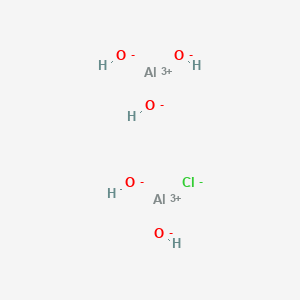
CAS No. : 1327-41-9
Category : Inorganic Chemicals
Sub-Category : Metal-Based Coagulants
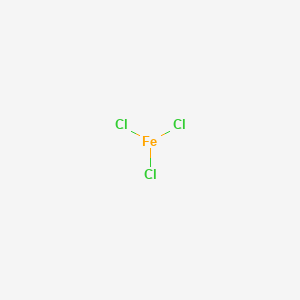
CAS No. : 7705-08-0
Category : Inorganic Chemicals
Sub-Category : Metal-Based Coagulants
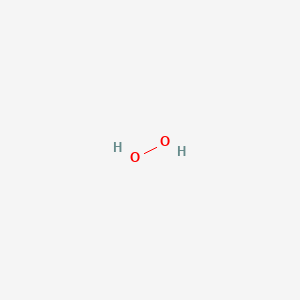
CAS No. : 7722-84-1
Category : Inorganic Chemicals
Sub-Category : Peroxides & Oxidizing Agents
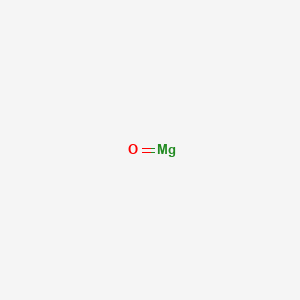
CAS No. : 1309-48-4
Category : Inorganic Chemicals
Sub-Category : Active Pharmaceutical Ingredients (APIs)

CAS No. : 13463-67-7
Category : Pigments & Colorants
Sub-Category : Inorganic Pigments
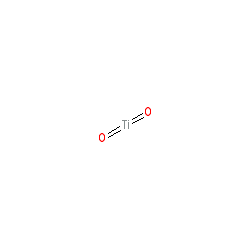
CAS No. : 13463-67-7
Category : Pigments & Colorants
Sub-Category : Inorganic Pigments

CAS No. : 13463-67-7
Category : Pigments & Colorants
Sub-Category : Inorganic Pigments
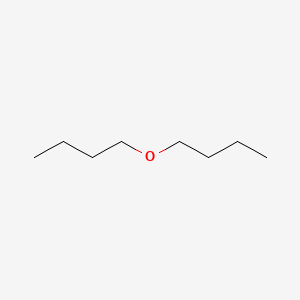
CAS No. : 142-96-1
Category : Solvents & Carriers
Sub-Category : Ethers & Ether-Based Solvents
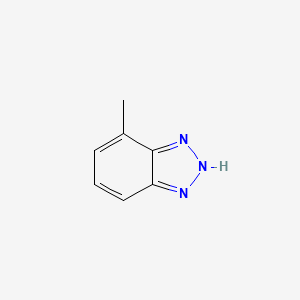
CAS No. : 29385-43-1
Category : Specialty Polymers & Additives
Sub-Category : Corrosion Inhibitor Additives

CAS No. : 25322-69-4
Category : Specialty Polymers & Additives
Sub-Category : Polyether Polyols
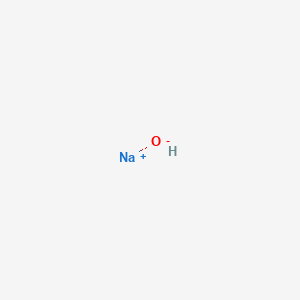
CAS No. : 1310-73-2
Category : Inorganic Chemicals
Sub-Category : Acidulants & Acidity Regulators
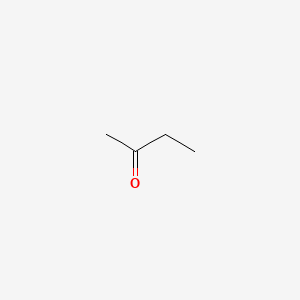
CAS No. : 78-93-3
Category : Base Chemicals & Intermediates
Sub-Category : Ketones & Solvents
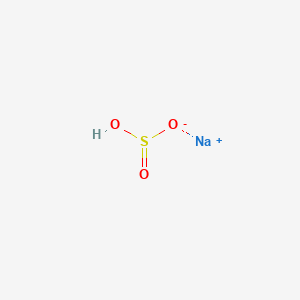
CAS No. : 7631-90-5
Category : Inorganic Chemicals
Sub-Category : Sulfur-Based Compounds
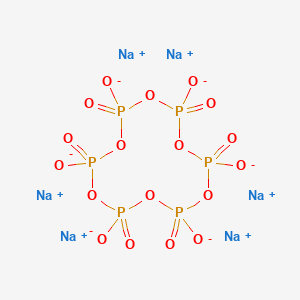
CAS No. : 10124-56-8
Category : Inorganic Chemicals
Sub-Category : Phosphate Compounds

CAS No. : 5329-14-6
Category : Inorganic Chemicals
Sub-Category : Acid Derivatives

CAS No. : 100-44-7
Category : Organic Intermediates
Sub-Category : Chlorinated Aromatic Compounds
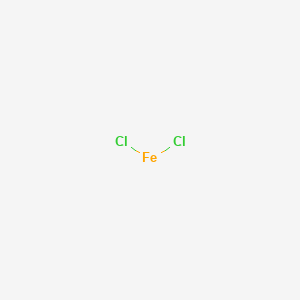
CAS No. : 7758-94-3
Category : Inorganic Chemicals
Sub-Category : N/A
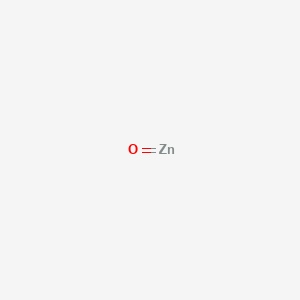
CAS No. : 1314-13-2
Category : Inorganic Chemicals
Sub-Category : N/A
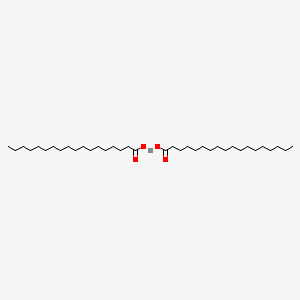
CAS No. : 136-53-8
Category : Inorganic Chemicals
Sub-Category : Metal Carboxylates
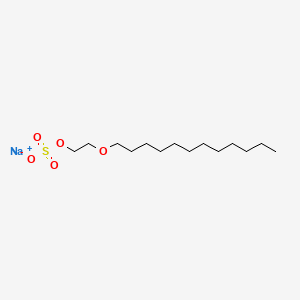
CAS No. : 9004-82-4
Category : Surfactants
Sub-Category : Anionic (Ether sulfates)
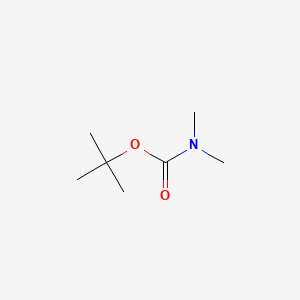
CAS No. : 61788-93-0
Category : Surfactants & Emulsifiers
Sub-Category : Fatty Amines
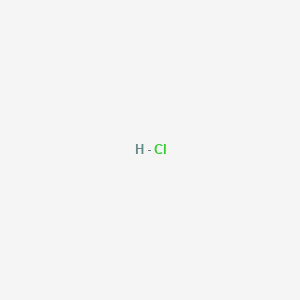
CAS No. : 7647-01-0
Category : Inorganic Acids
Sub-Category : Mineral Acids
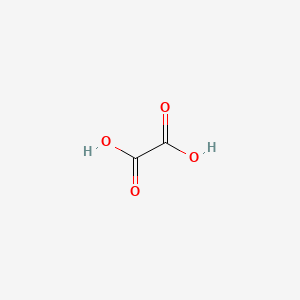
CAS No. : 144-62-7
Category : Organic Acid Derivatives
Sub-Category : Dicarboxylic Acids

CAS No. : 17465-11-3
Category : Organic Intermediates
Sub-Category : Aromatic Sulfonates

CAS No. : 7704-34-9
Category : Inorganic Chemicals
Sub-Category : Sulfur & Derivatives

CAS No. : 77-92-9
Category : Food Ingredients
Sub-Category : Flavor Enhancers

CAS No. : 77-92-9
Category : Food Ingredients
Sub-Category : Flavor Enhancers
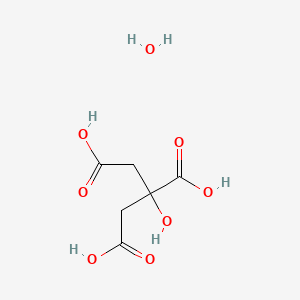
CAS No. : 5949-29-1
Category : Food Ingredients
Sub-Category : Flavor Enhancers

CAS No. : 7631-90-5
Category : Inorganic Chemicals
Sub-Category : Sulfur-Based Compounds

CAS No. : 10124-56-8
Category : Inorganic Chemicals
Sub-Category : Phosphate Compounds

CAS No. : 9005-65-6
Category : Surfactants & Emulsifiers
Sub-Category : N/A
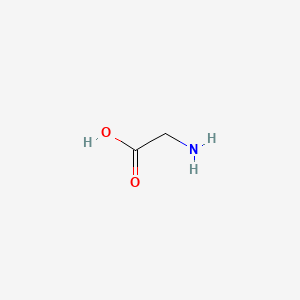
CAS No. : 56-40-6
Category : Nutraceutical Ingredients
Sub-Category : Amino Acids & Proteins
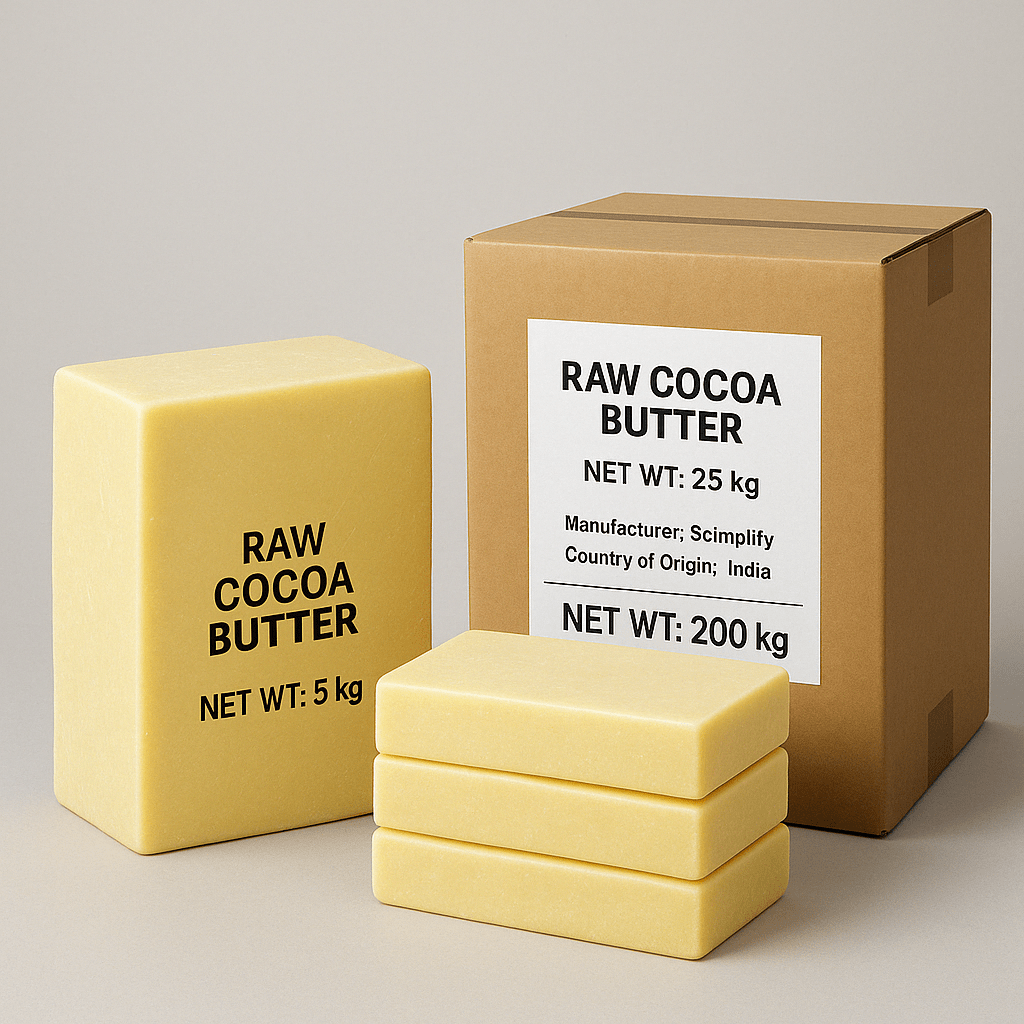
CAS No. : 8002-31-1
Category : Food Ingredients
Sub-Category : Cocoa & Chocolate Derivatives
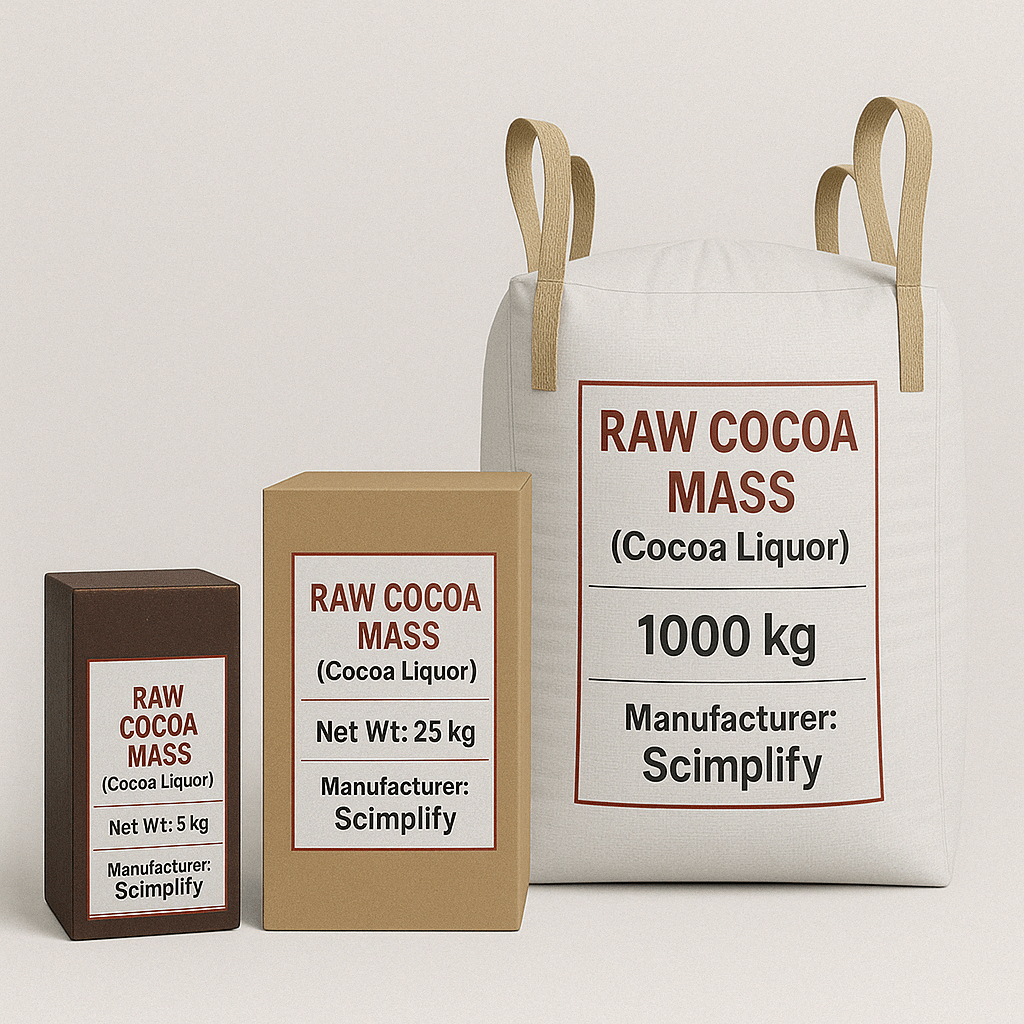
CAS No. : 84649-99-0
Category : Food Ingredients
Sub-Category : Cocoa & Chocolate Derivatives
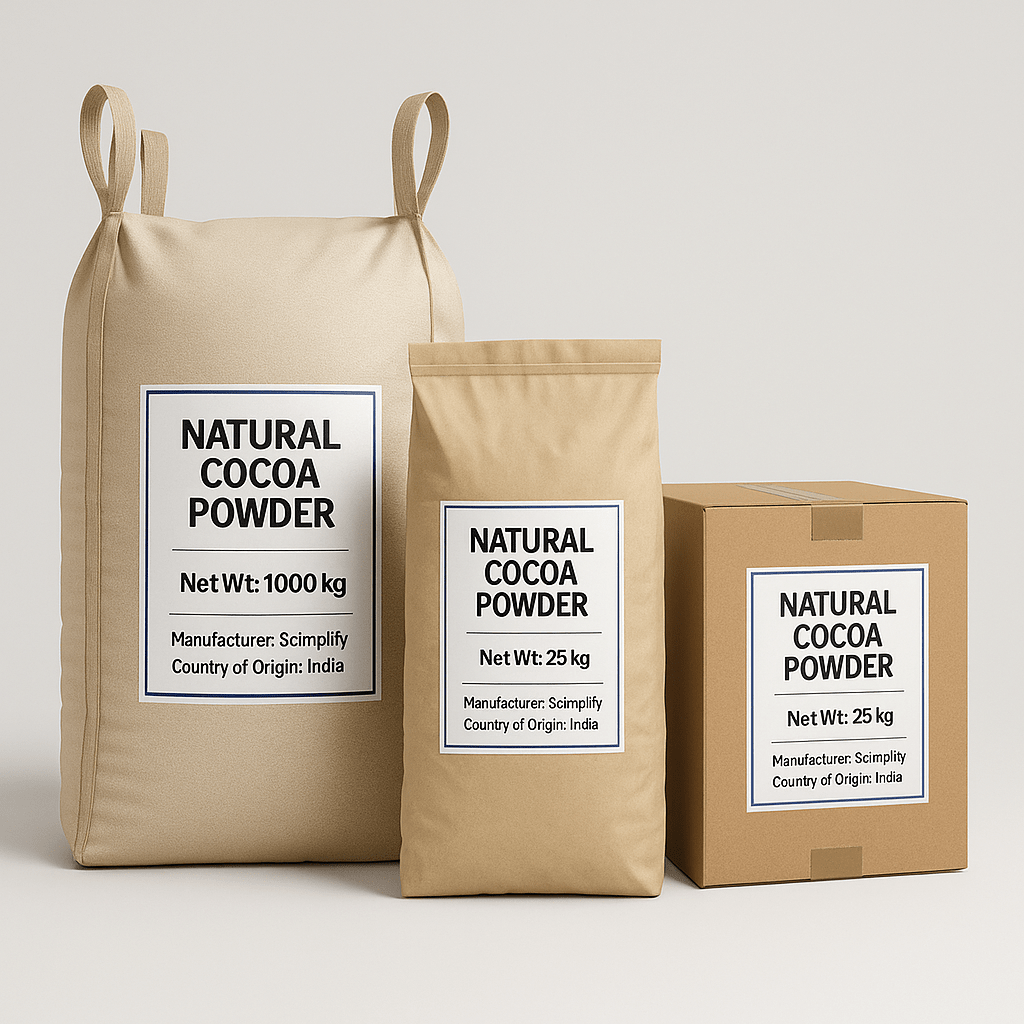
CAS No. : 84649-99-0
Category : Food Ingredients
Sub-Category : Cocoa & Chocolate Derivatives
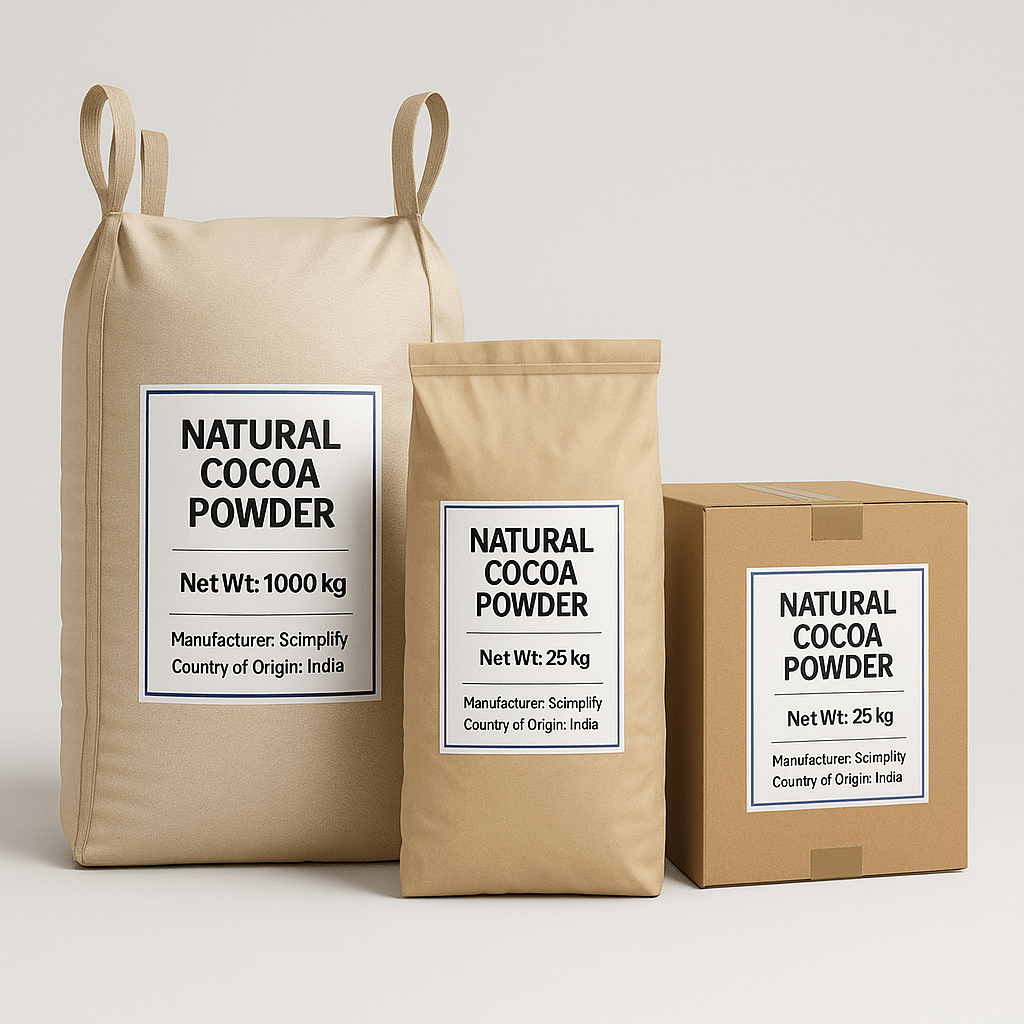
CAS No. : 84649-99-0
Category : Food Ingredients
Sub-Category : Cocoa & Chocolate Derivatives

CAS No. : 36306-87-3
Category : Fragrance Ingredients
Sub-Category : Ionones & Ketones

CAS No. : 16409-43-1
Category : Fragrance Ingredients
Sub-Category : Aroma Compounds

CAS No. : 56011-02-0
Category : Fragrance Ingredients
Sub-Category : Aliphatic Aromatic Ethers
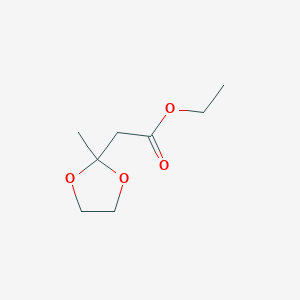
CAS No. : 6413-10-1
Category : Fragrance Ingredients
Sub-Category : Ketal Fruit Esters

CAS No. : 5182-36-5
Category : Fragrance Ingredients
Sub-Category : Aroma Chemicals
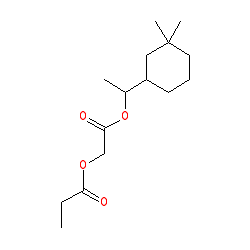
CAS No. : 236391-76-7
Category : Fragrance Ingredients
Sub-Category : Polycyclic Synthetic Musks

CAS No. : 236391-76-7
Category : Fragrance Ingredients
Sub-Category : Polycyclic Synthetic Musks

CAS No. : 119-36-8
Category : Fragrance Ingredients
Sub-Category : Aromatic Esters